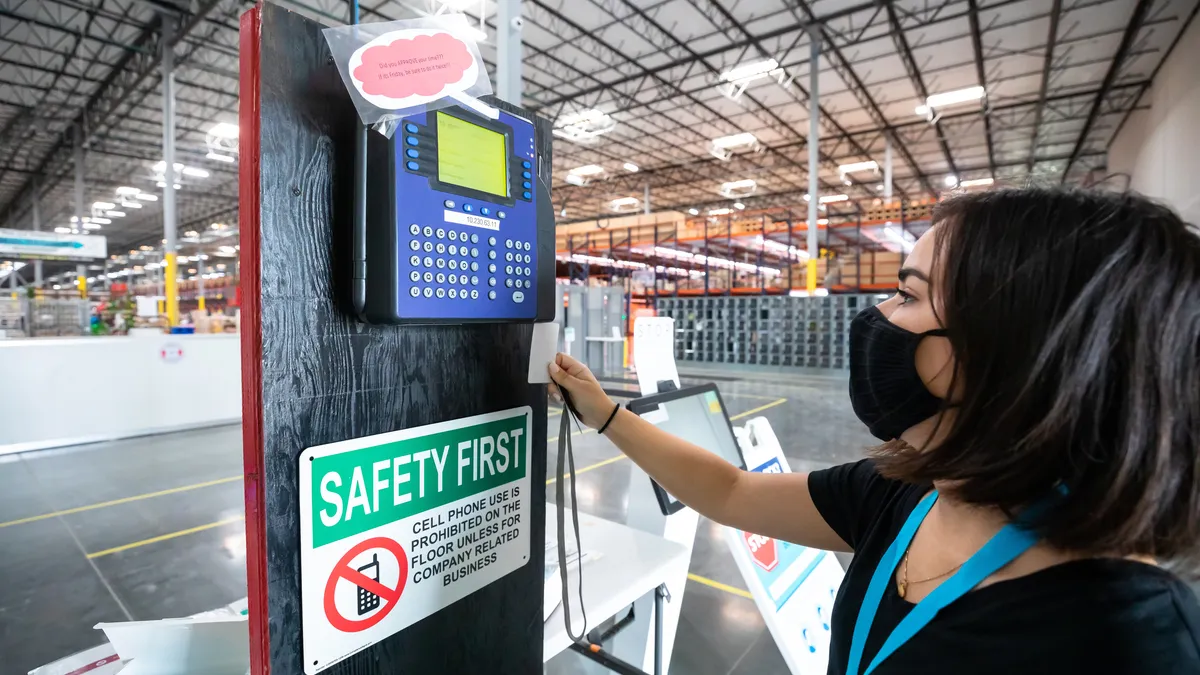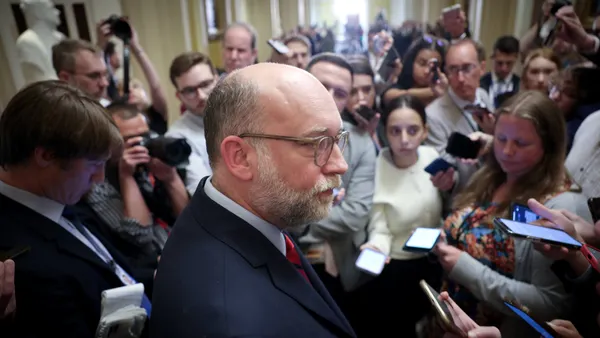Dive Brief:
- The Kaiser Family Foundation says that 29% of all insured employees were enrolled in high deductible healthcare plans (HDHPs) in 2016 — a 9% hike since 2014, Employee Benefit News reports. Kaiser research also shows that, as healthcare costs soar, many employers are shifting to HDHPs.
- Along with HDHPs, some employers are offering health savings accounts (HSAs), which give workers a tax benefit to save for retirement, notes EBN. But employees aren’t making much use of HSAs, and many are using flexible spending accounts (FSAs) instead.
- Republican lawmakers are pushing HSAs in their plans to replace the Affordable Care Act (ACA), and therefore employers need to explain to workers how HSAs work and differ from FSAs, EBN notes.
Dive Insight:
Employees are often confused about what their healthcare options offer and how they work. They may not be utilizing HSAs because they either don’t understand them or confuse them with FSAs.
With ACA reform on the Congressional docket, employers must be sure workers understand the difference between the two plans.
Employee contributions into HSAs are tax-deductible, which makes them a complementary choice for additional retirement savings along with their 401ks. Also, employees may make maximum contributions and rollover funds from year to year.
Changes to the law made in 2013 allow employees to roll over $500 a year into an FSA plan and exclude employer contributions from their gross income.









